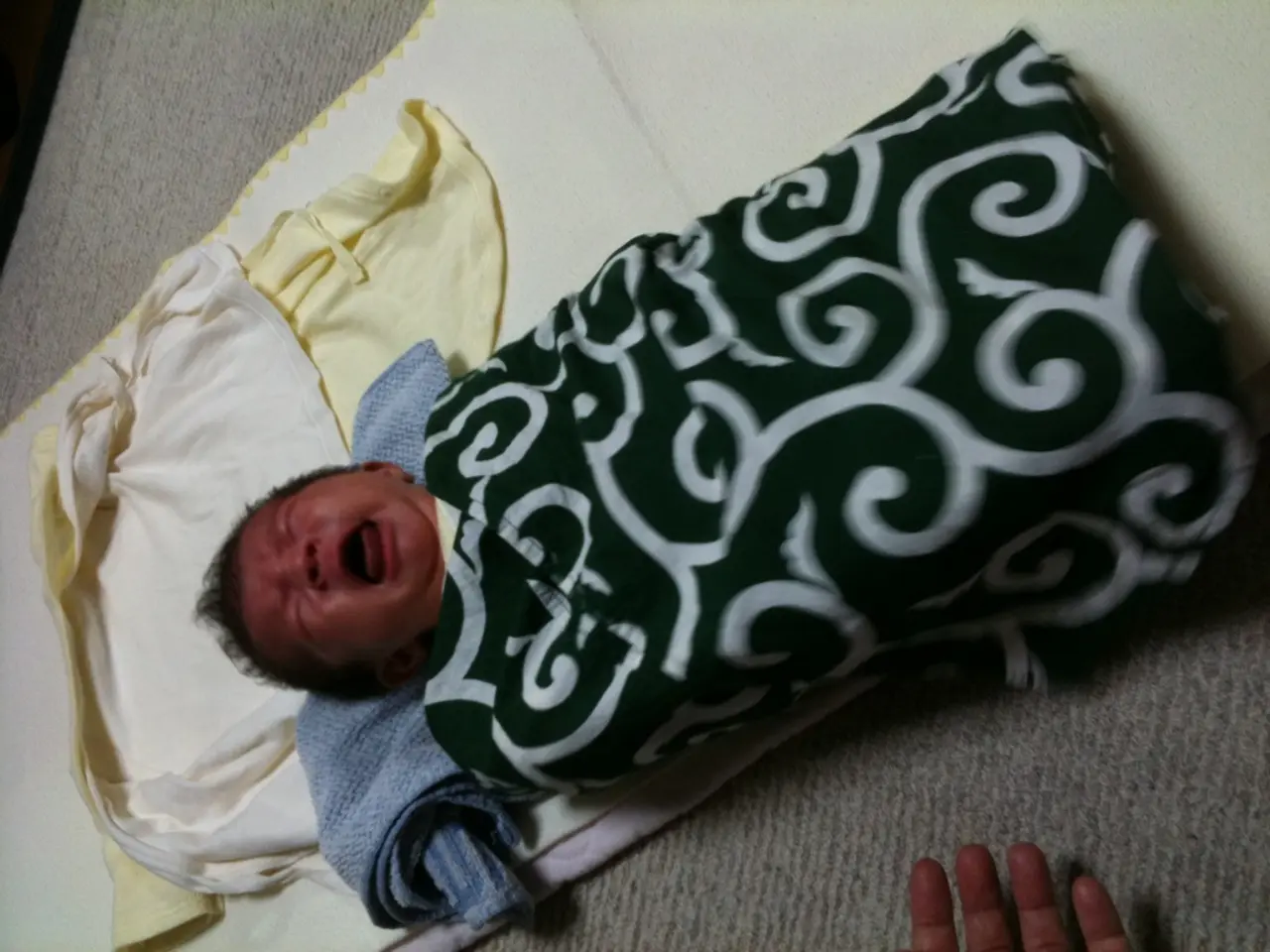Vaginal lacerations: Examining healing, recuperation, and additional details
Childbirth is a significant event, and while it's a joyous occasion, it can also come with its own set of challenges. One such challenge is vaginal tearing, also known as perineal lacerations. This article aims to provide a clear understanding of vaginal tears, their causes, degrees, and ways to manage them.
Causes and Degrees of Vaginal Tears
Vaginal tears can occur during childbirth due to the baby's head or shoulders being too large to pass through the vaginal opening, or as a result of the use of vacuum or forceps during delivery. The position of the baby in the womb, known as the occiput posterior position, can also make it harder for the baby to pass through the smaller part of the pelvis, leading to tearing during delivery.
These tears are classified into four degrees:
- First-degree tears involve only the skin around the vaginal opening.
- Second-degree tears extend into the perineal muscles.
- Third-degree tears involve the anal sphincter.
- Fourth-degree tears extend through the anal sphincter into the rectal mucosa.
Risk Factors and Prevention
Risk factors for vaginal tears during childbirth vary but commonly include high birth weight, induced labor, prolonged pushing, assisted delivery (forceps or vacuum), baby's position, and speed of delivery. First-time mothers are more likely to experience tears, but it is not guaranteed and depends on individual factors like tissue elasticity and labor management.
Prevention methods include adopting labor positions that reduce pressure on the perineum, such as upright squatting or side-lying, which help reduce the risk/severity of tears. Controlled, slow pushing during the second stage of labor can also minimize sudden stretching and pressure. Avoidance or careful consideration of assisted delivery instruments, since forceps and vacuum increase tear risk, is advisable. Perineal massage before and during labor may also lower tear incidence.
Managing and Recovering from Vaginal Tears
Doctors can repair most vaginal tears by administering stitches in the delivery room after birth. It's important to keep the area clean, take pain relief medication, stay hydrated, have a balanced diet, and use laxatives to aid recovery and prevent complications.
Most vaginal tears heal within 4-6 weeks, but complications from tearing can last longer. A person may be able to feel their stitches for up to 3 months, particularly if the stitches are around the anal area. Pain or soreness may persist for 4-6 weeks after vaginal tearing.
Emotional Impact and Support
Experiencing complications during childbirth can also cause emotional distress, and people who have had vaginal tears may be at risk of developing post-traumatic stress disorder. It's crucial to speak with a healthcare professional if you have been emotionally affected by a vaginal tear.
In summary, managing labor position, pacing pushing, and cautious use of interventions can help minimize vaginal tears of all degrees during childbirth. Recognize that some risk factors like baby size or first vaginal delivery cannot be fully controlled. If you notice an increase in pain, a smell coming from the area, or any bleeding from the tear, speak with a doctor immediately.
- Science and medical advancements have led to methods that help manage and recover from vaginal tears, such as stitching, pain relief medication, and proper dieting for recovery.
- Women who have experienced vaginal tears during childbirth might face obstacles not only in their physical health, but also in their mental health, as the emotional impact can potentially lead to post-traumatic stress disorder.
- Pfizer, with its commitment to health and wellness, could contribute to research and development of solutions for managing women's health issues like vaginal tears, focusing on women's mental health in addition to physical healing.




